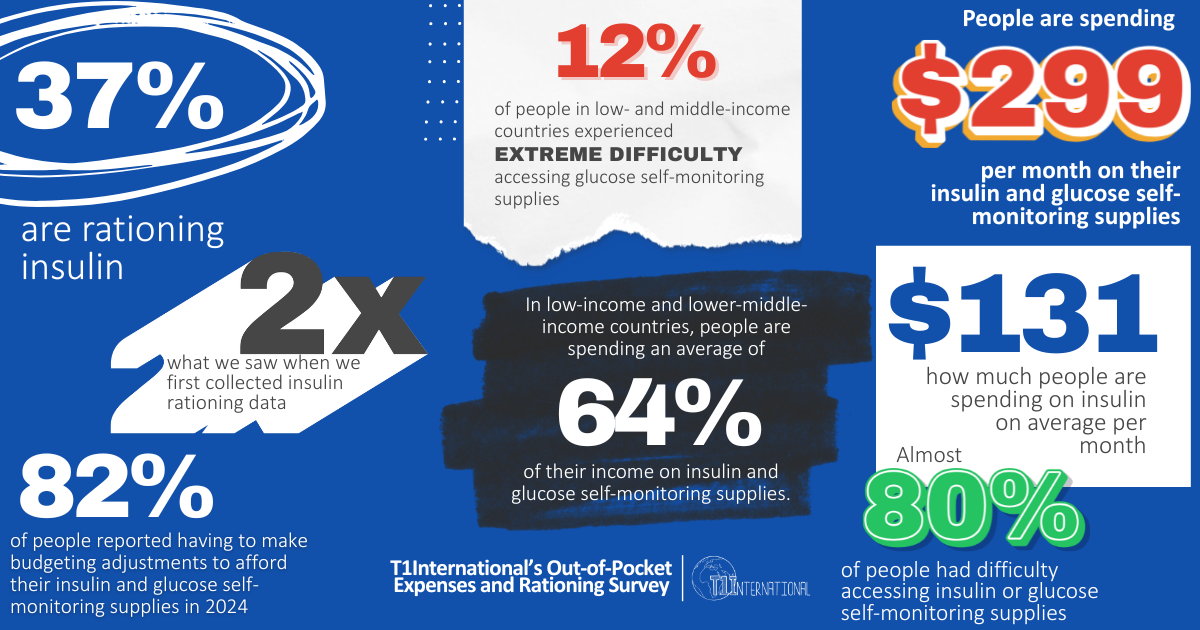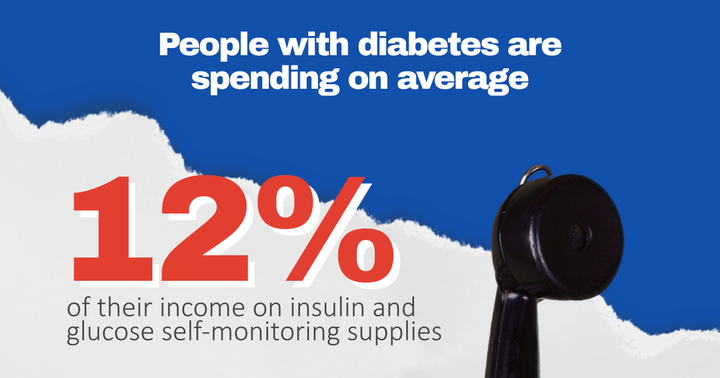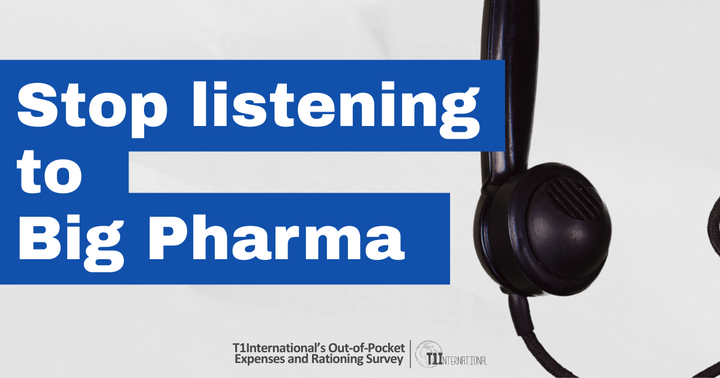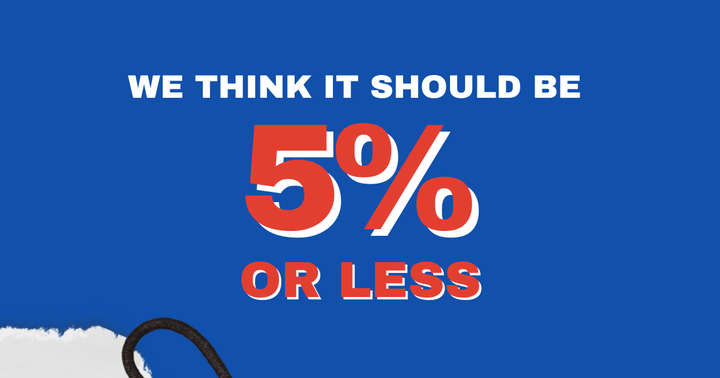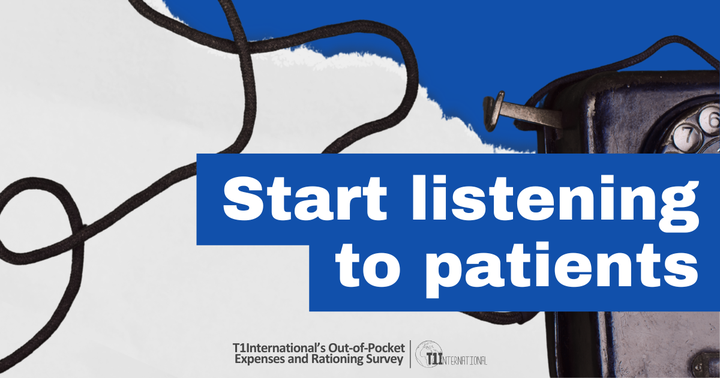Why does this data matter?
It’s not over. Despite global attention and promises of action, the insulin price crisis continues—and for many, it’s getting worse. This report compares self-reported data on insulin and glucose self-monitoring supply rationing, percentage of income spent, and access challenges against previous years’ data, as well as World Health Organization (WHO) affordability metrics. Our findings make it clear: the crisis of access and affordability for people with type1 diabetes is far from over.
This study highlights the significant financial burden that people with type 1 diabetes face in the absence of full healthcare coverage and associated rationing of insulin and other diabetes supplies. Even in this sample of participants from mostly high-income countries, over a third rationed insulin and glucose self-monitoring supplies.
We know that patients are spending an unsustainable amount for the medicine and supplies they need to simply stay alive - on average, almost 12% of their income on insulin and glucose monitoring supplies alone. That's why we're Fighting for Five. Our community is advocating globally for a world where the cost of insulin and glucose testing supplies represents no more than 5% of a person’s income in any given country.
